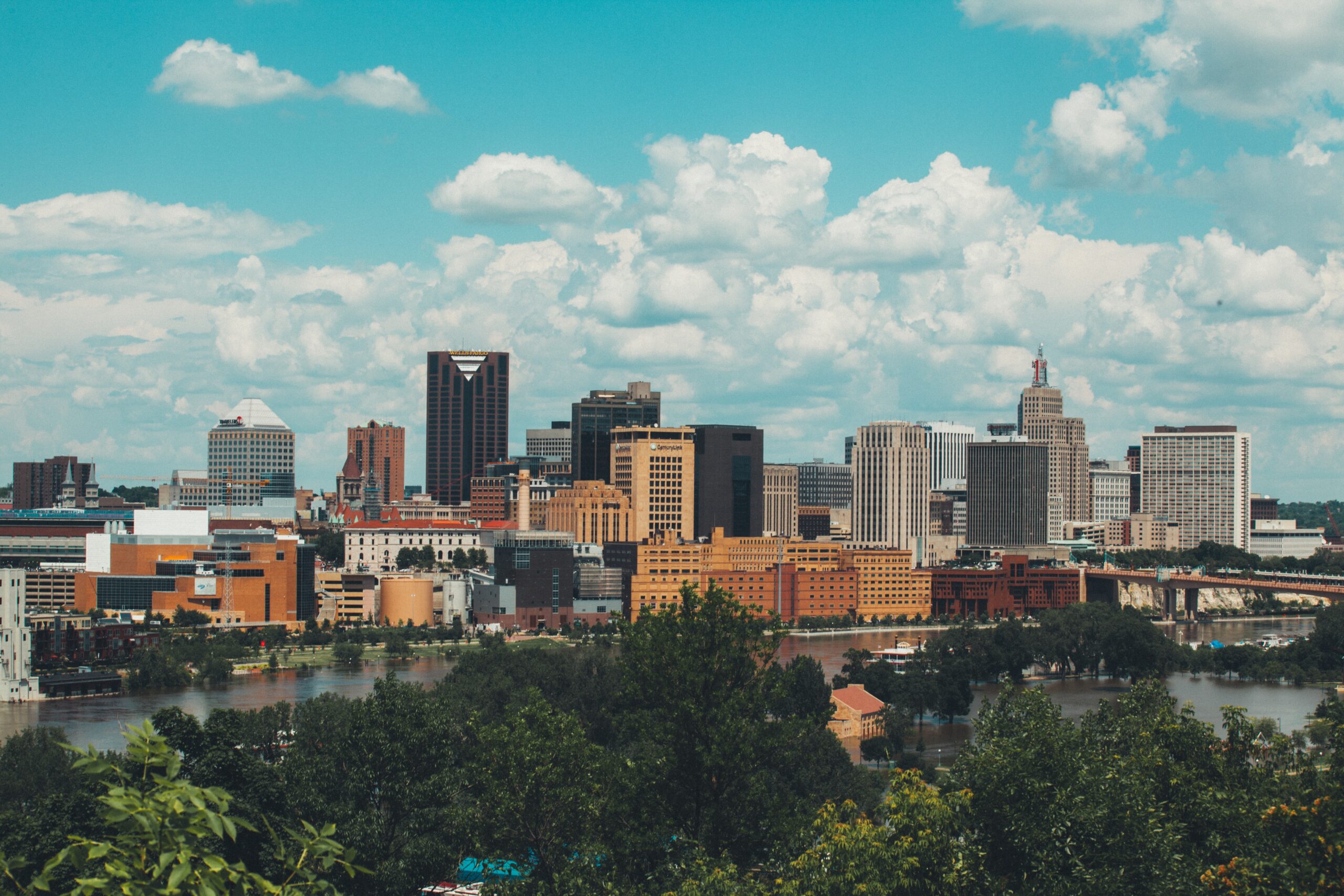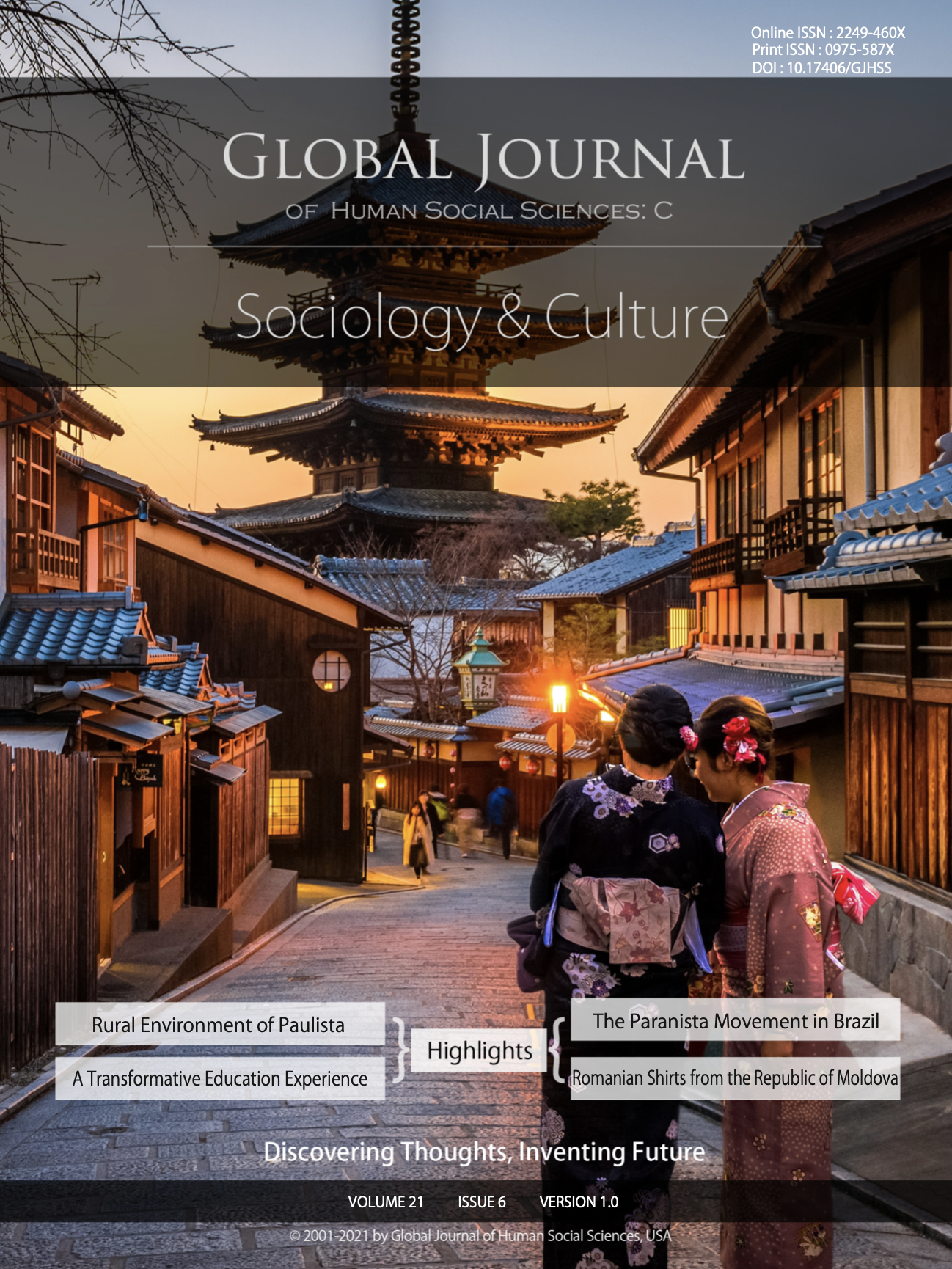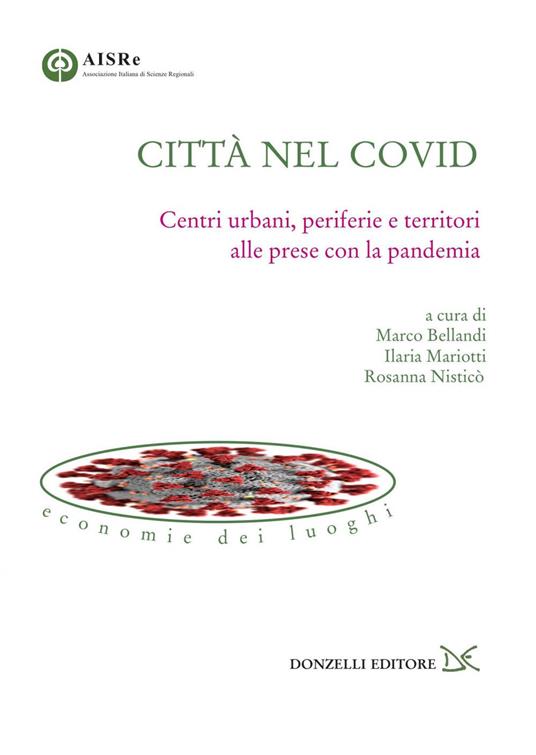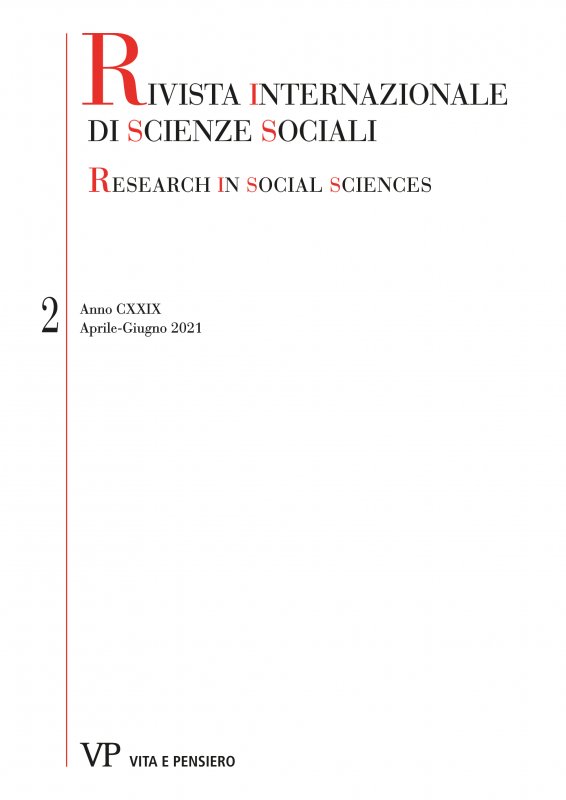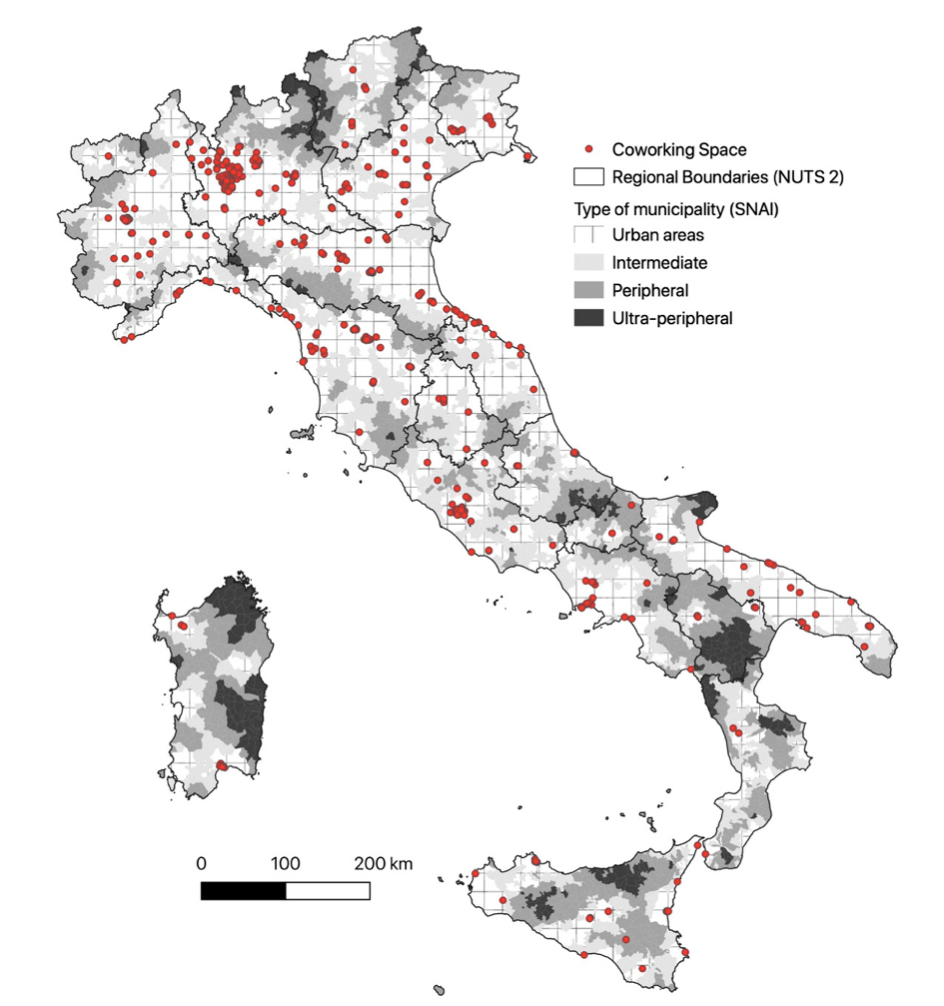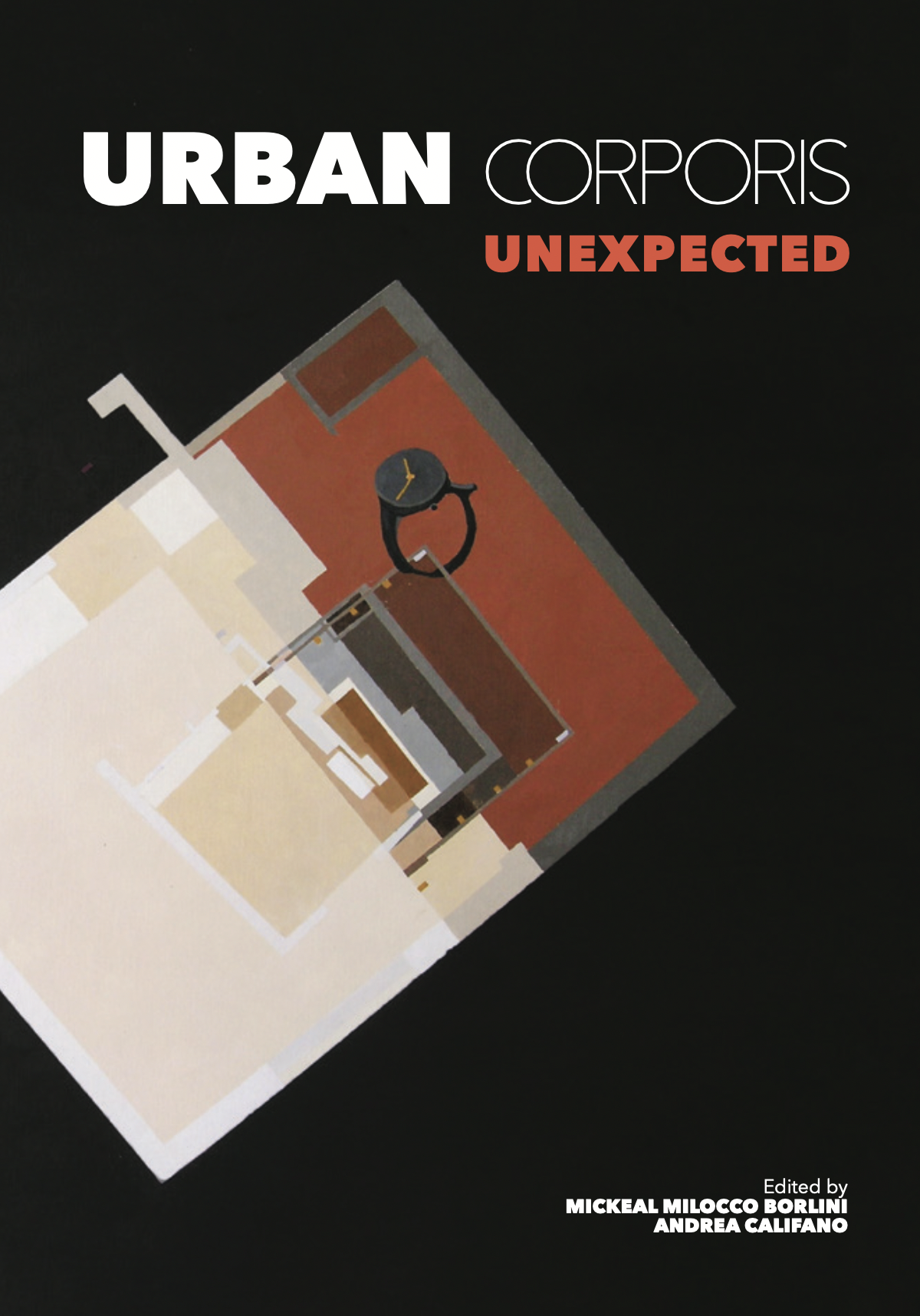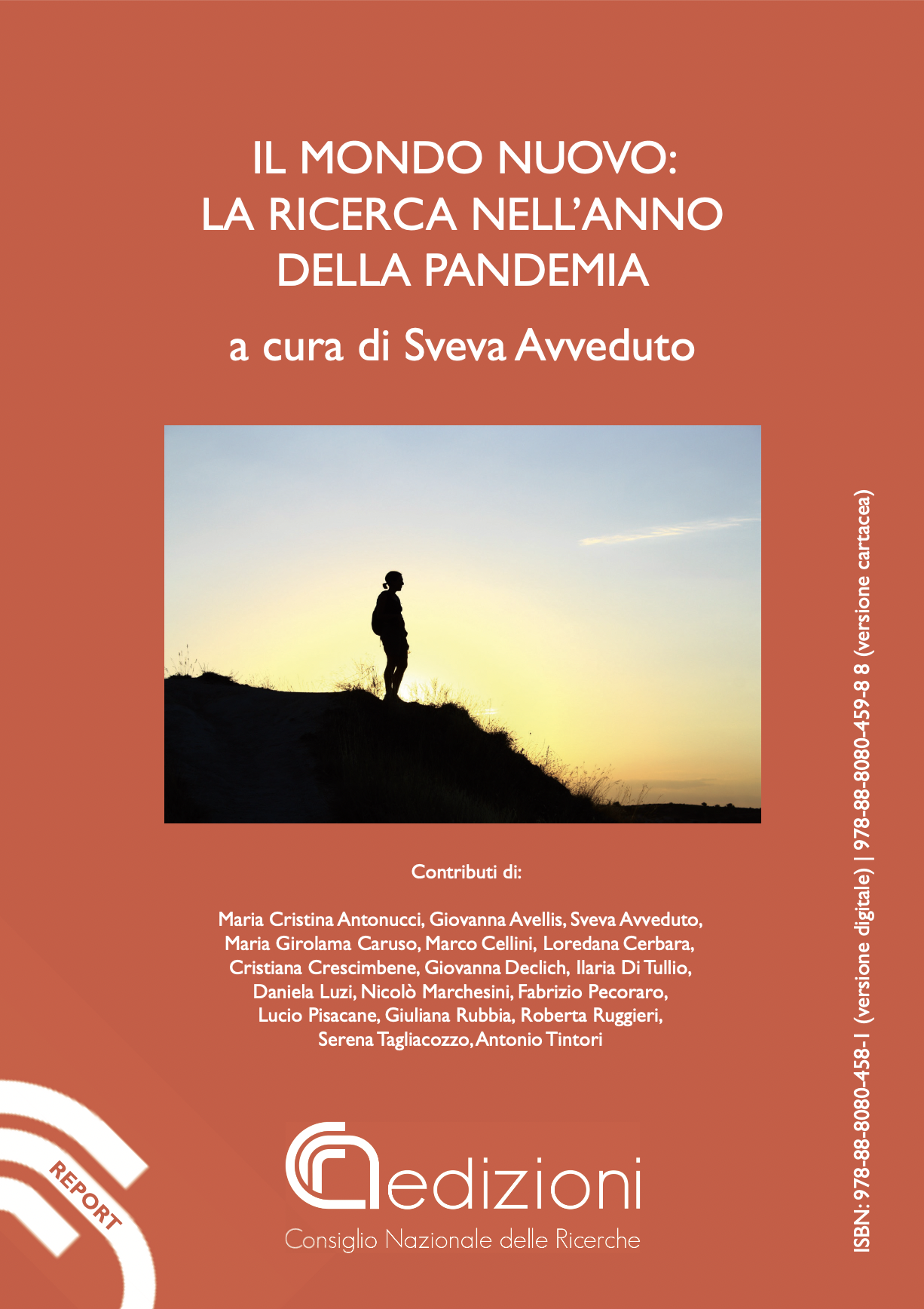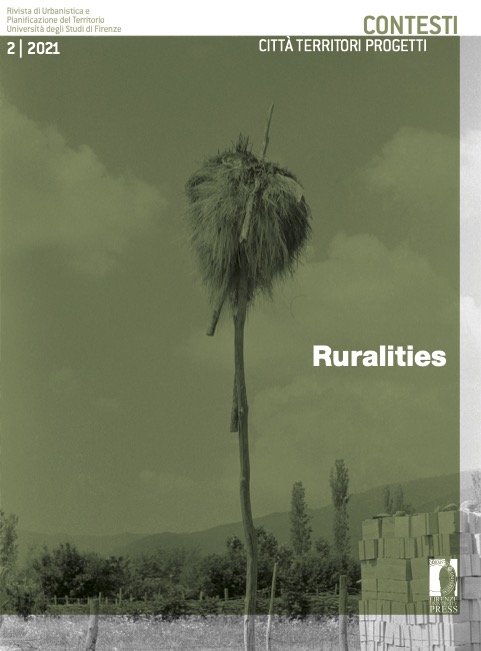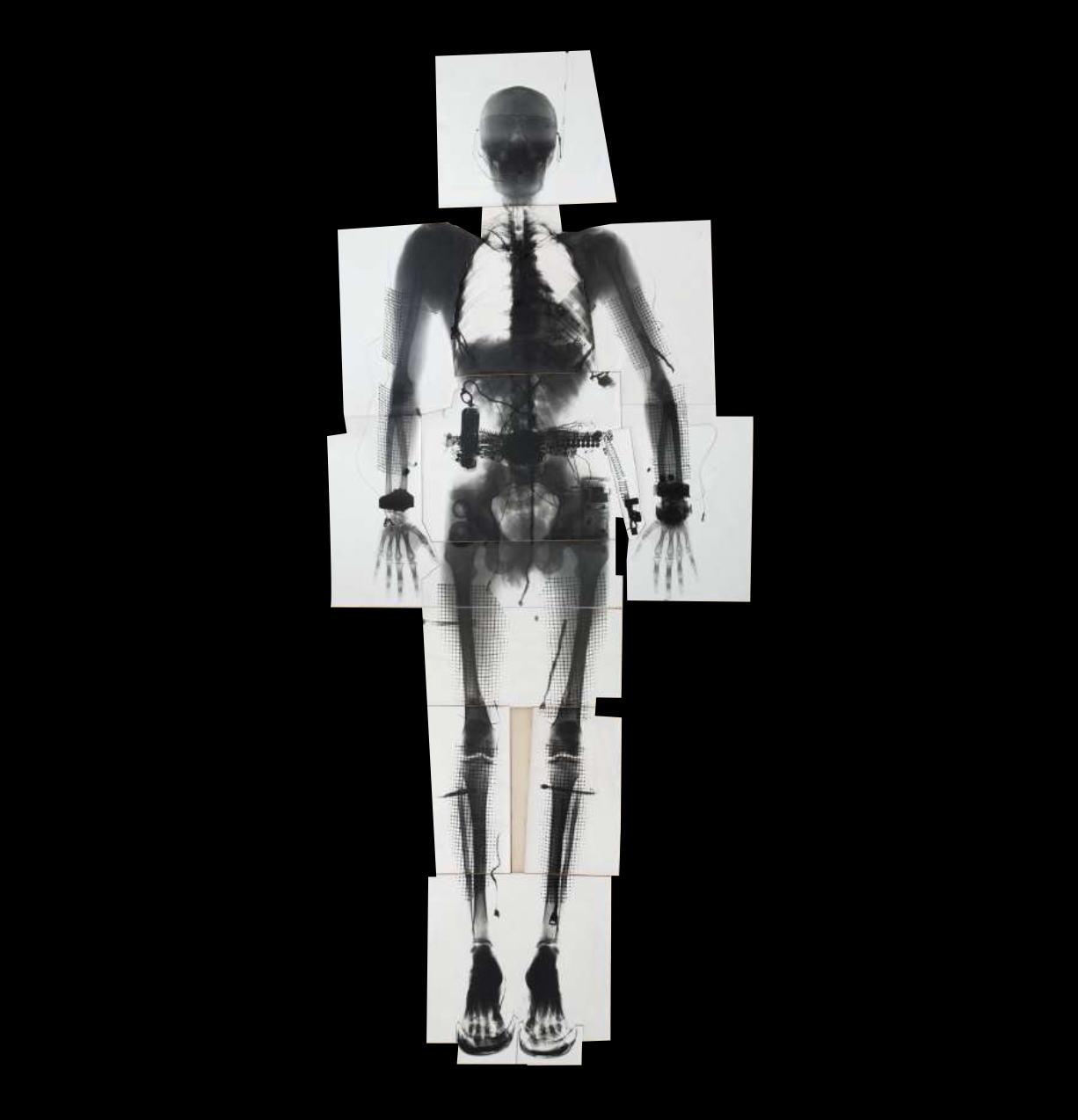a cura di Marco Bellandi, Ilaria Mariotti, Rosanna Nisticò
Il libro
I mutamenti economici e sociali indotti dalla crisi pandemica hanno di fatto indebolito la forza interpretativa delle letture dicotomiche e contrapposte tra centri (città) e margini (periferie), avvalorando e incoraggiando nuove concettualizzazioni e nuove rappresentazioni, meno polarizzanti e maggiormente orientate alla complementarità tra i luoghi. La pandemia ha, infatti, obbligato a ridefinire il rapporto con lo spazio fisico e con le relazioni interpersonali, ponendo il distanziamento e la limitazione della densità umana come necessità vitali e prospettiva di nuova normalità. Le grandi città conserveranno un ruolo fondamentale nell’architettura territoriale, pur dovendo necessariamente adattare strutture e funzioni, ma è emerso, di riflesso, il ruolo rilevante di forme di insediamento abitativo più periferiche e di vivibilità meno concentrate, fruibili in aree a più bassa densità di popolazione, in territori lasciati ai margini ma potenzialmente riabitabili. Si prefigura la possibilità di introdurre modifiche nella natura di gerarchie e relazioni territoriali e nelle loro rappresentazioni. Quali dunque sono stati gli effetti del distanziamento, del lavoro a distanza, dei limiti imposti all’apertura di attività produttive, scuole, università, alla circolazione delle persone, e alle pratiche di interazione sociale? Quali ne saranno gli impatti non transitori su disparità territoriali, dinamiche dei sistemi produttivi, ed emersione di bisogni di un nuovo modo di vivere e di relazionarsi delle persone? Il volume raccoglie contributi finalizzati a fornire risposte a tali interrogativi, con un approccio multidisciplinare, utile per delineare gli scenari possibili delle dinamiche sociali, economiche e territoriali post-Covid 19.
Continua a leggere

